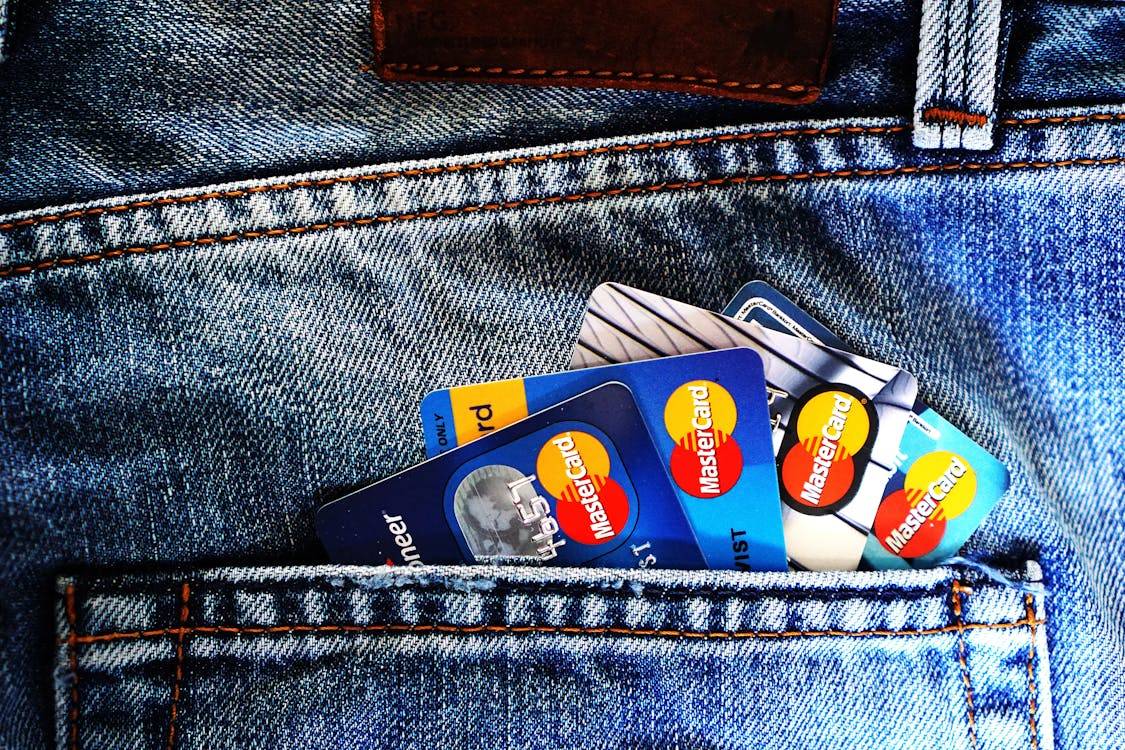What is a chargeback and how does it affect your business?
%20(2).jpg&w=1920&q=70)
SHARE ARTICLE
Introduction In the dynamic world of e-commerce, payment transactions are constantly evolving. As online shopping becomes more common, so do the challenges associated with it. One of the most significant issues businesses face is the chargeback. But what exactly is a chargeback and how can it affect your business? In this blog post, we break down this concept and explore its impact on your business. What is a chargeback? A chargeback, also known as a chargeback, is a reversal of a payment transaction initiated by the bank issuing the customer’s card. In simple terms, it is when a customer requests the bank to return the money for a purchase made with a credit or debit card, rather than requesting a refund directly from the merchant. Chargebacks were originally created as a consumer protection measure against fraud and unauthorized transactions. Over time, its use has expanded to include a variety of situations, including disputes over product quality, unreceived services, and billing errors. Common Types of Chargebacks 1. Credit Card Fraud: This occurs when a card is used without the cardholder's permission. This type of chargeback is common in situations of identity theft or unauthorized card use. 2. Processing Errors: These include issues such as duplicate charges, errors in the transaction amount, or technical glitches during the checkout process. 3. Customer Dissatisfaction: Customers can initiate a chargeback if they feel the product is not as described, is defective, or if they are not satisfied with the service received. 4. Unprocessed Returns: When a customer returns a product but does not receive a refund, they can use a chargeback to get their money back. Impact of chargebacks on your business Chargebacks can have multiple negative effects on your business: 1. Financial losses: Every time a chargeback occurs, you not only lose the amount of the original sale, but you also face the loss of customer acquisition cost, payments to suppliers, transactional costs associated with the sale, and additional fees imposed by payment processors. These fees can vary, but generally range from $20 to $100 per chargeback. Additionally, if the chargeback rate is high, you could face even higher fees and restrictions on your merchant account. 2. Reputation damage: A high incidence of chargebacks can damage your business' reputation. Potential customers may hesitate to purchase if they encounter negative reviews related to chargeback issues. The perception of trustworthiness is crucial in your business, and recurring chargebacks can undermine customer trust in your brand. 3. Relationship with payment service providers: Payment service providers and issuing banks monitor the rate of chargebacks. If your business has a high rate, you could face punitive measures including increased fees, imposing security reserves, or even terminating your merchant account. These measures can significantly impact your business's ability to operate. Strategies to prevent chargebacks 1. Best practices in order and payment management - Data verification: Implement data verification measures to confirm the buyer's identity, such as CVV code and address verification (AVS).- Order confirmations: Send order confirmations and shipping notifications to keep customers informed and reduce uncertainty.2. Technological tools for fraud prevention - Anti-fraud software: Use advanced fraud detection tools that analyze behavioral patterns and detect suspicious transactions.- Transaction monitoring: Implement systems that monitor transactions in real time to identify and block fraudulent activit3. Clear Shipping and Returns Policies - Transparent policies: Make sure your shipping and returns policies are clear and easily accessible on your website.- Streamlined processes: Make the return process easy so customers can resolve issues without resorting to a chargeback.4. Effective Customer Communication - Customer service: Offer efficient and accessible customer service to resolve disputes before they become chargebacks.- Post-sale follow-up: Follow up after the sale to ensure customers are satisfied with their purchase and to resolve any potential issues.Chargeback Dispute Process While preventing chargebacks is critical, it's also important to know how to effectively dispute them when they occur: - Gather evidence: Document all customer communication, order details, and any supporting evidence to support your case. Additionally, to ensure a successful defense, you'll need to draft a supporting document for all attached evidence, arguing in detail why the chargeback was not warranted.- Respond quickly: Timelines for disputing a chargeback are strict. Make sure to respond within the time period designated by your payment processor.- Present your case: Send all evidence to the issuing bank to prove that the transaction was legitimate and that the customer received the product or service as promised.This defense work is often painstaking and manual work, requiring teams to spend an average of 20 minutes per case. As detailed in different reports, the large volume of chargebacks and the high time invested in these defenses, causes teams to send poorly optimized defenses, which reduce success rates, or, to stop defending a large part of the cases. These same reports detail that nearly 50% of cases are stopped defending due to lack of time and resources. Given the high impact that the loss of chargebacks has on businesses, it is advisable to streamline the defense process through technology. At Kloutit we offer a defense generator, which streamlines the process by more than 97%, saving time invested by teams and increasing success rates by more than 80%. With Kloutit, you can spend your time growing your business, without having to worry about chargebacks. Conclusion Understanding what a chargeback is and how it can affect your business is essential to manage and mitigate its impacts. By implementing preventative strategies and being prepared to dispute chargebacks when they occur, you can protect your business from financial loss and reputational damage. In upcoming blog posts, we'll dive deeper into specific strategies for preventing chargebacks, how to successfully dispute a chargeback, and best practices in payment management. Stay tuned to our blog for more valuable insights, and be sure to implement proactive practices that protect your business from the adverse effects of chargebacks.
SHARE ARTICLE



